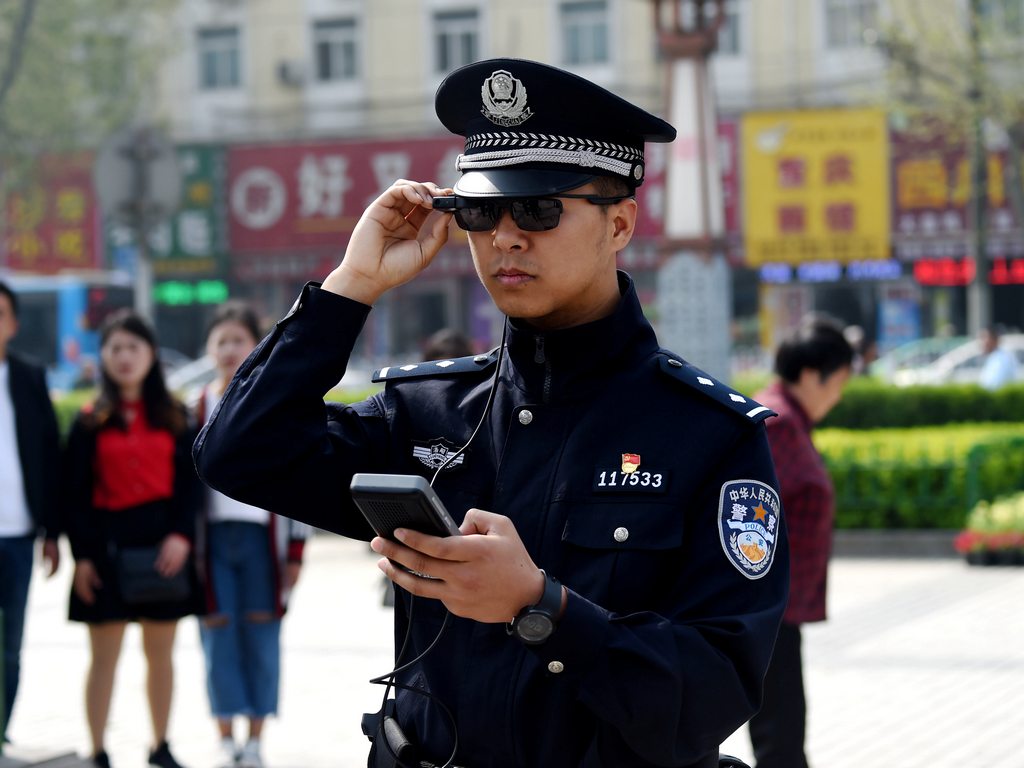tech2 News StaffJul 03, 2019 21:36:16 IST
After a collaborative investigation found Chinese authorities planting malware on the phones of travellers, anti-virus companies such as Symantec, Malwarebytes, and few other well-known cybersecurity firms have updated their products to notify users when such malware is detected on their phones.
As per a report by Vice, shortly after the article was published, folks over at Motherboard uploaded a copy of the malware on GitHub so that researchers could break down components of the malware (named Fengcai or BXAQ) and analyse it further.
Results from VirusTotal, a malware detection search engine owned by Google now reveals that a number of popular anti-virus firms including — Avast, McAfee, Check Point, Malwarebytes and Symantec detect the said BXAQ malware immediately triggering an alert for users to see.

A police officer displays his AI-powered smart glasses in Luoyang, Henan province, China. Reuters
The collaborative scoop reported by Vice’s Motherboard, The New York Times, The Guardian, Sueddeutsche Zeitung, and German public broadcaster NDR, revealed that the Chinese border police were forcing tourists travelling to the Xinjiang region to install a piece of malware on their phones.
(Also Read: Chinese border police installing malware on tourists’ phones to surveil them)
This malware copies all the data including contact details, messages, images, and other data from the tourist’s phone and uploads it on the border police servers. This data is then compared against around 73,000 pieces of objectionable content enumerated by the Chinese authorities — which mostly included Islamic extremist content as well as harmless Islamic material, academic books on Islam, photos of Tibetan leader Dalai Lama, the literature on Tibet and even a song by a Japanese metal band Unholy Grave.
According to experts, once the app is installed on a device, it collects the phone’s calendar entries, phone contacts, call records and text messages, and uploads them to a remote server. In addition to this, the app also notes the apps installed on the device and extracts usernames for some of the apps.
As we follow the planned launch of India’s second mission to the Moon, Chandrayaan-2 on 15 July, you can find our entire collection of stories, in-depth analysis, live updates, videos & more on our dedicated #Chandrayaan2TheMoon domain.
Post a Comment